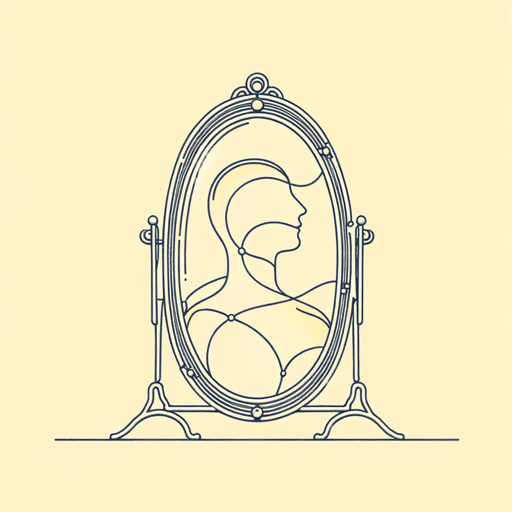47 pages • 1 hour read
V. S. RamachandranThe Tell-Tale Brain
Nonfiction | Book | Adult | Published in 2011A modern alternative to SparkNotes and CliffsNotes, SuperSummary offers high-quality Study Guides with detailed chapter summaries and analysis of major themes, characters, and more.
Chapters 4-6Chapter Summaries & Analyses
Chapter 4 Summary: “The Neurons That Shaped Civilization”
Ramachandran introduces mirror neurons in Chapter 4. Mirror neurons are found in all primates. They enable primates to mimic the movement they see other primates perform. Imitation is a critical trait for social creatures like primates.
Neuroscientists study mirror neurons in apes by opening their skulls and probing single neurons with microelectrodes. Investigating mirror neurons in humans is more difficult since scientists cannot normally study single neurons. As a result, most evidence of mirror neurons in humans comes from indirect evidence.
Ramachandran cites three pieces of indirect evidence. The first is the unique disorder called anosognosia, which is when people deny or appear unaware of their paralysis. Ramachandran also found that a small number of these individuals also denied paralysis in another person (despite that person truly being paralyzed). Ramachandran suggests this denial stems from damage to mirror neurons: “It’s as if anytime you want to make a judgment about someone else’s movements, you have to run a virtual-reality simulation of the corresponding movements in your own brain. And without mirror neurons you cannot do this” (123).
The second piece of evidence stems from examining brain waves, particularly mu waves, in humans. Ramachandran found that mu waves are suppressed when people perform or watch someone else perform motor actions.

